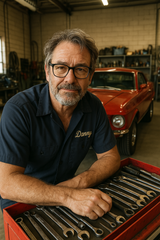How Chrysler Engineered Its Own Death: An Epic Car Pileup
Author Bio: Danny is a co-owner of Driveway Dreams, an ASE Certified Master Technician with over 26 years of experience, and previous freelance writer for Car Engineer. For more than 17 years, he's owned and operated his own independent repair shop in Livonia, Michigan. Subscribe and follow, Danny!
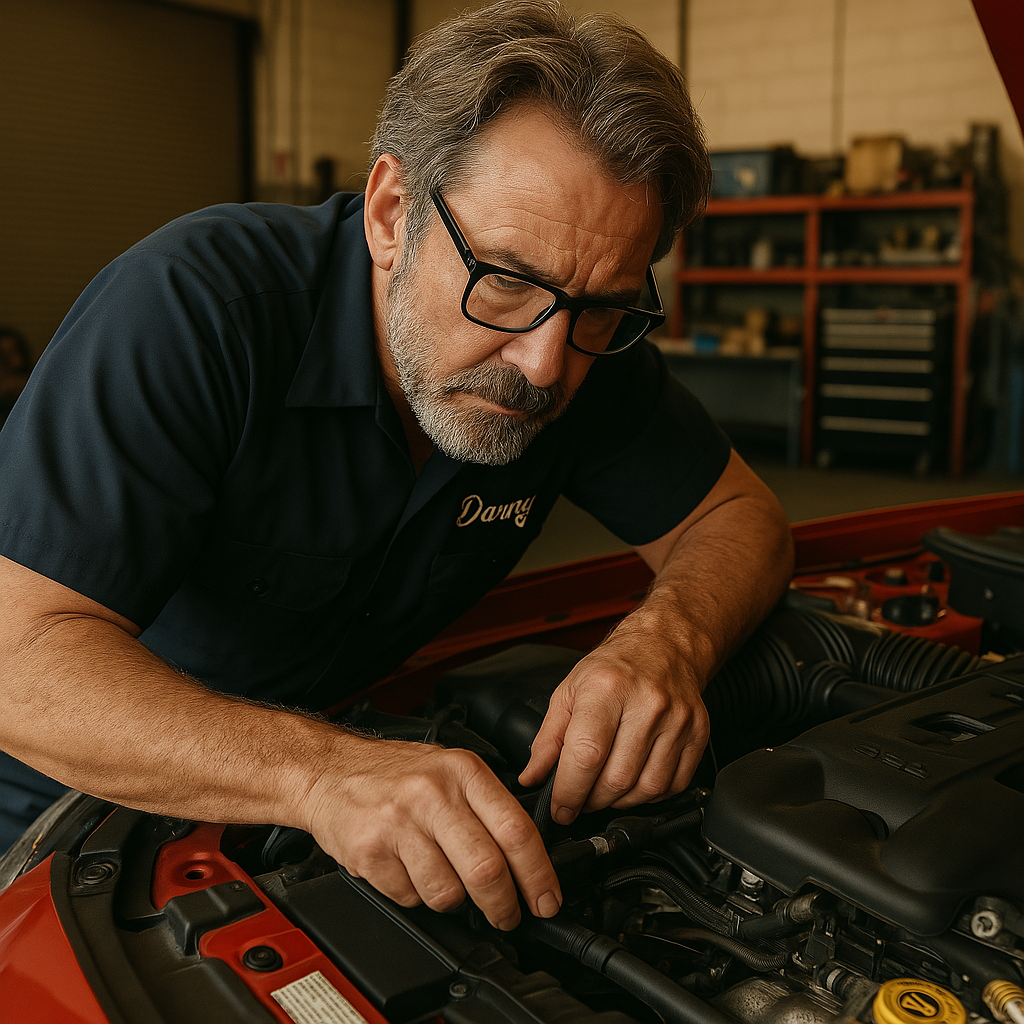
Here’s the truth: Chrysler didn’t die suddenly. It wasn’t one model, one recall, or one bad year.
This was a slow-motion train wreck of bad engineering, disastrous marketing, and broken trust.
Over decades, Chrysler released a lineup of vehicles that eroded faith from car buyers, gutted resale values, and turned die-hard enthusiasts into lifelong skeptics.
What follows is a model-by-model autopsy of the worst offenders — and how each one helped bury a once-proud American brand.
Let me be straight — Chrysler built some exciting cars.
But we’re not here for those.
We’re here for the failures.
The rust-buckets. The powertrain disasters. The cars that left customers stranded, mechanics stunned, and Chrysler circling the financial drain — over and over again.
I’ve been wrenching on these things for close to 30 years. And let me tell you — no company put more terrible cars on the road with more confidence than Chrysler.
This is a decade-by-decade takedown.
Every section is packed with real cars, real shop stories, real technical catastrophes, and real proof that Chrysler wasn’t killed by one single model.
It was death by thirty.
By rust, rot, sludge, sparks, and some of the worst transmissions to ever hit pavement.
And it all starts in the ‘70s — with a car that literally fell apart in your driveway.
The 1970s: Rust Never Sleeps — and Neither Did Angry Chrysler Owners
By the mid-1970s, Chrysler was hemorrhaging cash and trust. The oil crisis hit hard, and Chrysler’s response — underbuilt compacts and electronic gimmicks — tanked public confidence. These cars didn’t just dent Chrysler’s bottom line; they tarnished its reputation. Consumers fled, Wall Street panicked, and the U.S. government had to step in with a bailout. The public started associating Chrysler with breakdowns, recalls, and rust. It was the beginning of a brand identity crisis.
1976–1980 Dodge Aspen / Plymouth Volaré
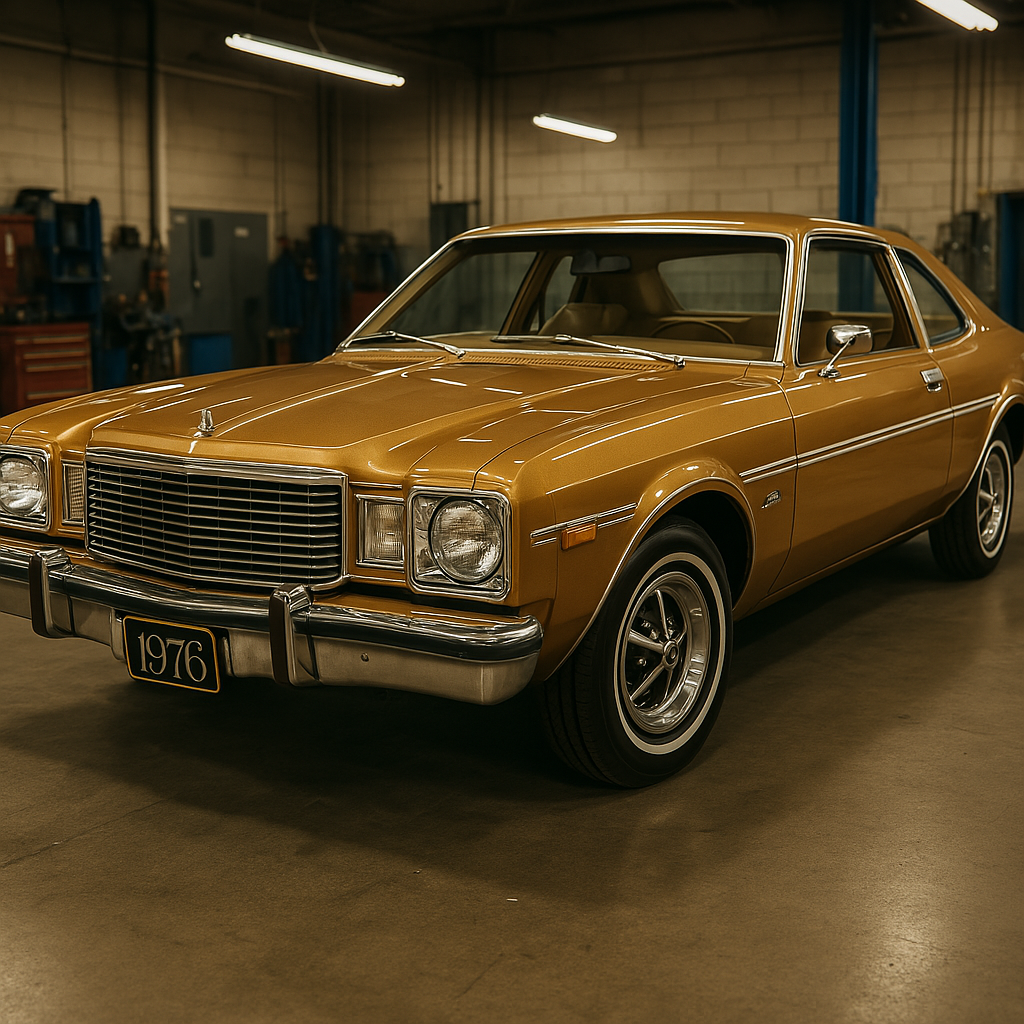
You want to know what a rolling recall looks like?
These twins were Chrysler’s desperate attempt at compact cars.
They got 3.5 million cars plagued with stalling engines, brakes that stopped working, hoods that flew open mid-drive, and fenders that disintegrated in wet air. Source
Shop Story
We had a '78 Aspen in the shop where the hood latch broke twice in a week. The guy chained the hood down like he was keeping a grizzly bear inside.
Every time we fixed one problem, another cropped up.
And then there was Lean-Burn — Chrysler's early attempt at electronic ignition.
It was so glitchy that ripping it out and retrofitting a mechanical distributor was considered "the good fix."
1971–1973 Plymouth Cricket
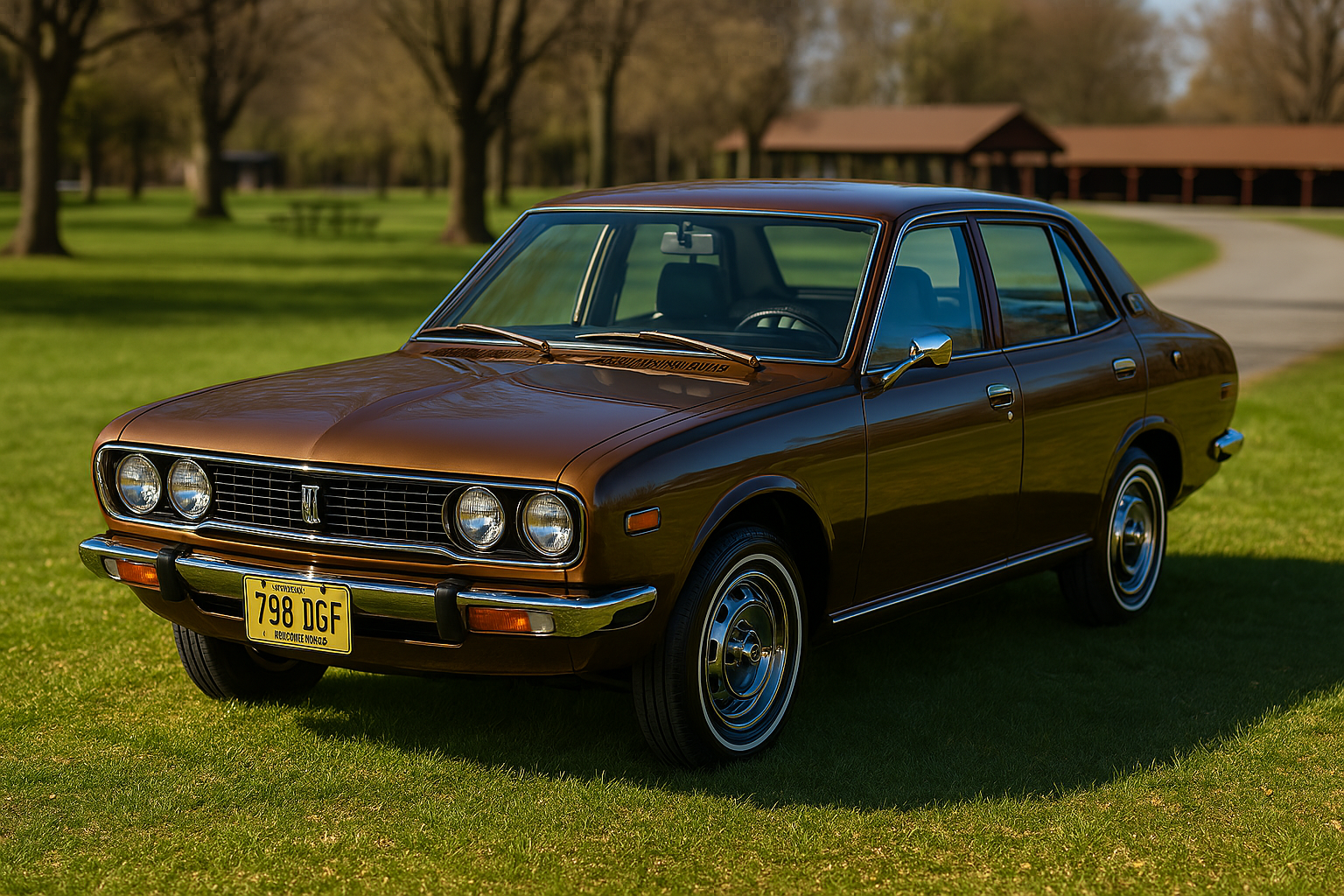
This was Chrysler’s imported-from-hell compact car.
It was a rebadged Hillman Avenger from the UK. And it was allergic to American roads, fuels, and expectations.
We’re talking overheating, stalling, miserable cold-weather starts.
My buddy had one. He eventually just gave up on the ignition and hotwired it permanently.
1978–1990 Dodge Omni / Plymouth Horizon
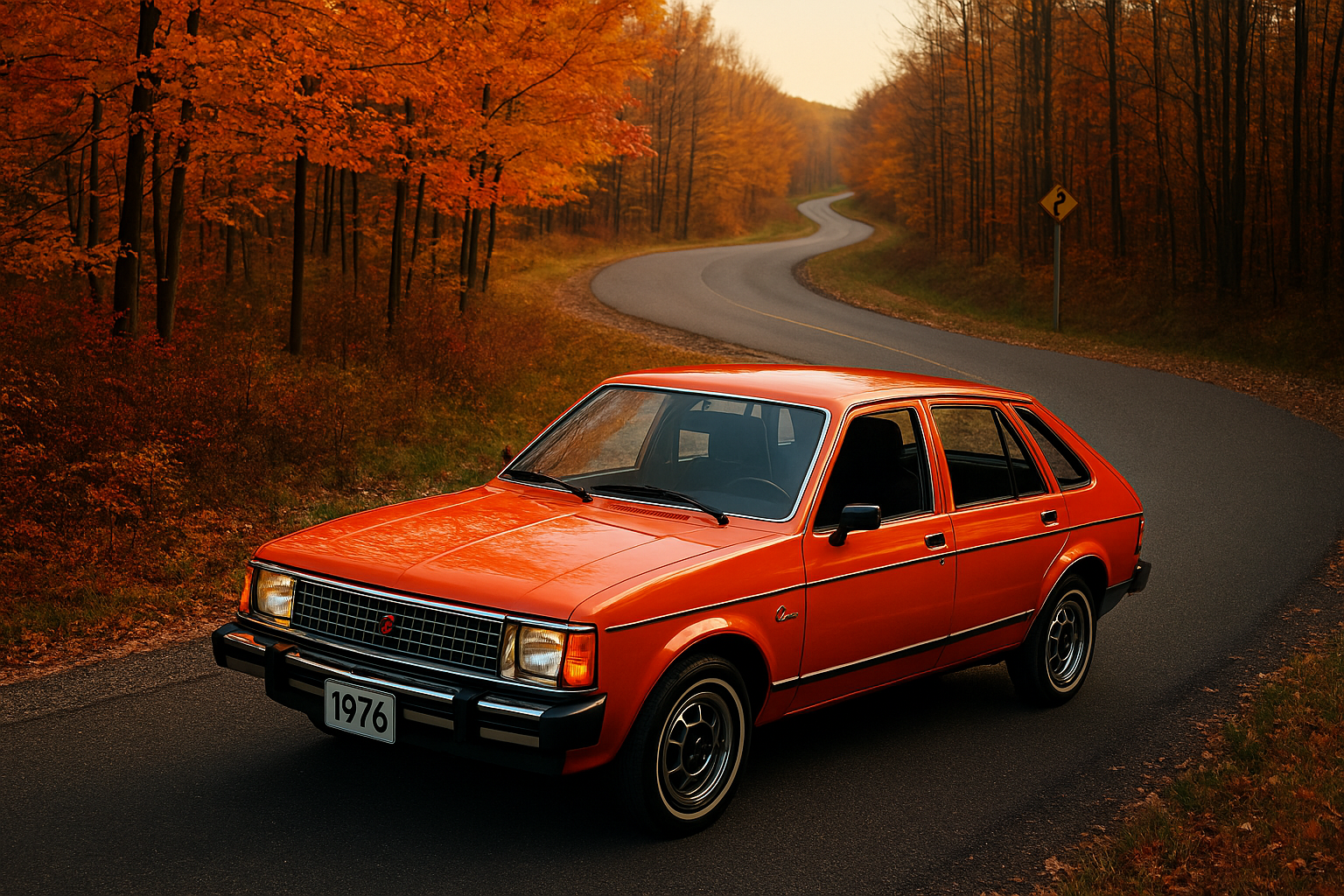
Chrysler's Hail Mary to fight the VW Rabbit.
Came with a VW engine at first. Also came with "unsafe at any speed" handling — flagged by Consumer Reports. Source
Shop Story
One customer’s Omni spun out during a routine turn. Rear end skipped sideways like a stone across water.
We checked the suspension and found everything technically "in spec" — but it still handled like garbage.
These cars made people swear off Chrysler for life.
By 1979, Chrysler was on federal life support.
Millions lost. Bailouts. Layoffs. Quality that made Yugos look solid.
And the pain had just begun.
You won’t believe what the '80s brought next — tech gimmicks, badge-engineered junk, and transmissions that couldn't shift their way out of a driveway.
The 1980s: Cheap Boxes, Dumb Tech, and a K-Car That Wouldn’t Die
Coming out of the bailout, Chrysler bet everything on simplicity. K-Cars propped the company up financially — briefly — but the decade was marred by over-promised tech, ugly badge engineering, and a never-ending stream of forgettable compacts. While sales were temporarily revived, enthusiasm wasn’t. Auto journalists mocked Chrysler’s tech blunders, and enthusiasts looked elsewhere. These models kept the lights on — but dimmed Chrysler’s long-term brand credibility.
1981–1989 Dodge Aries / Plymouth Reliant (K-Cars)
These were supposed to be saviors.
They were cheap. Simple. And everywhere.
But they also had the infamous Mitsubishi 2.6L engine. That thing devoured timing chains and oil like a garbage disposal. Source
Shop Story
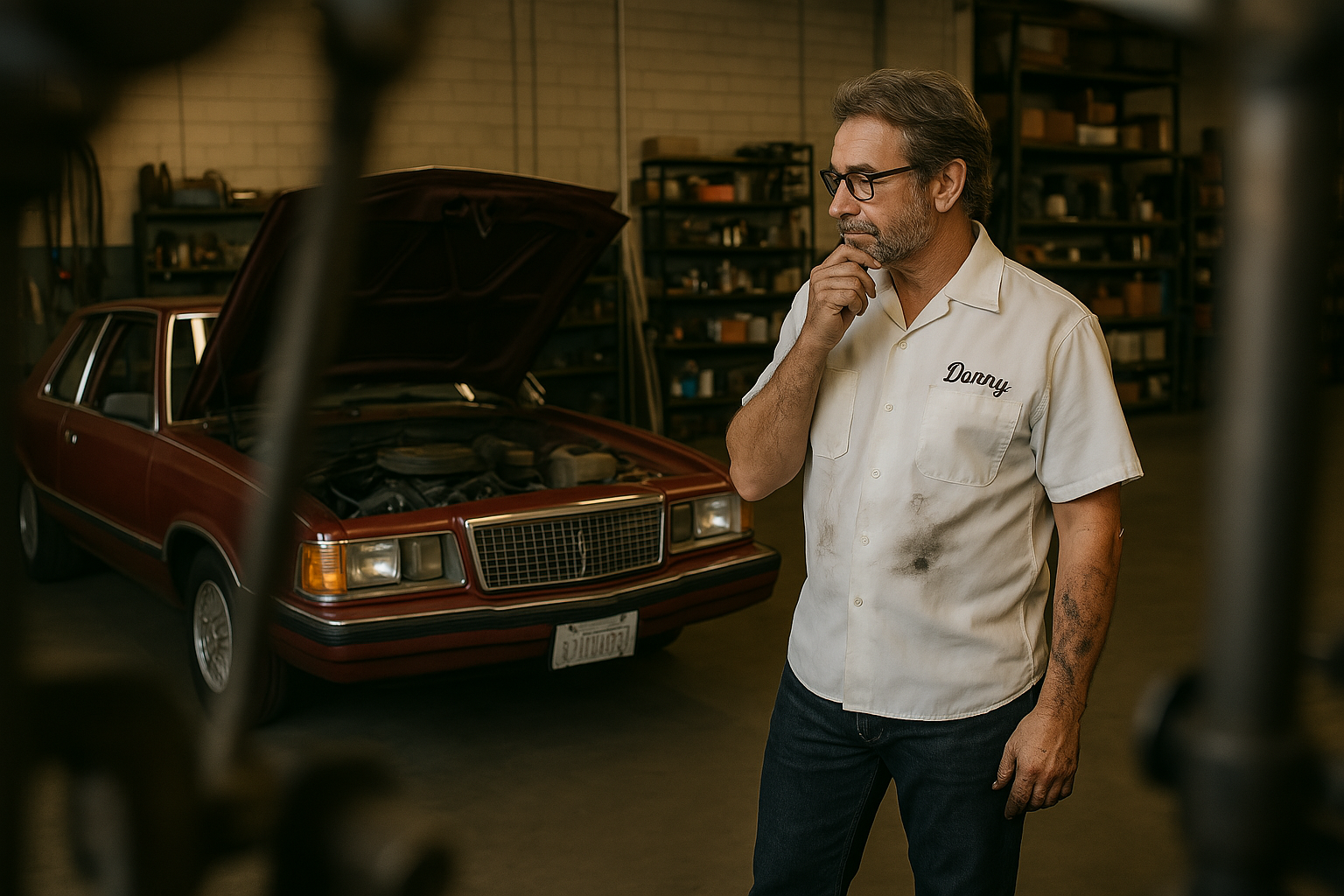
I remember replacing a balancer shaft in one of these — a 1985 Plymouth Reliant with just under 82,000 miles. The engine was clattering like a blender full of bolts, and when we tore it down, the balancer shaft was half-shattered. The bearings were gone, and metal shavings had contaminated the oil pump. We replaced the shaft, cleaned the oil system, installed a new pump, and charged just over $1,200 all in. The customer had been driving it that way for weeks — he thought it was just "old car noise." The customer said, "I thought the ticking was normal."
It wasn’t. It was internal destruction.
1981–1983 Chrysler Imperial
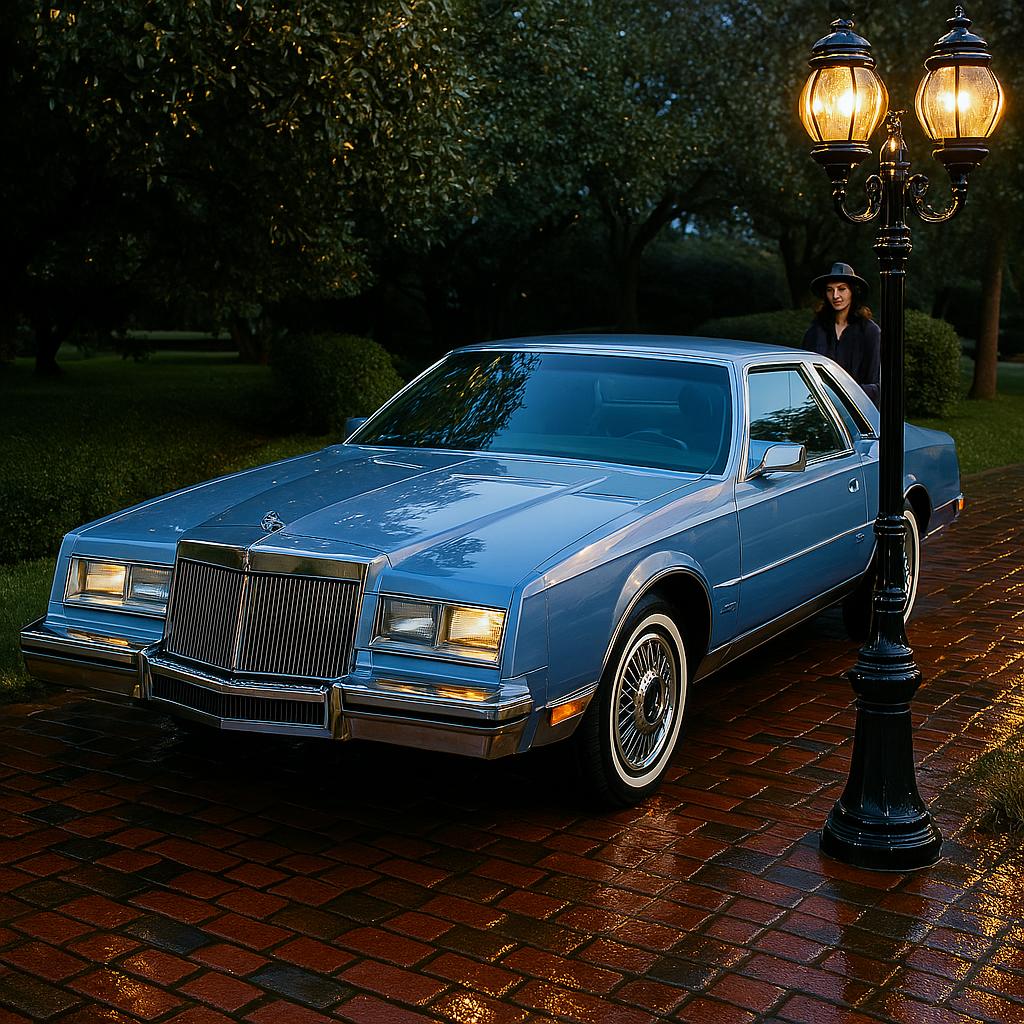
Looked like luxury. Drove like punishment.
Early digital dashboards failed randomly. EFI systems glitched out. Battery drain issues.
I knew a guy who swapped in a carb just to make it driveable. Took his $20k luxury coupe back to 1975.
1989–1995 Chrysler Ultradrive (A604 Transmission)
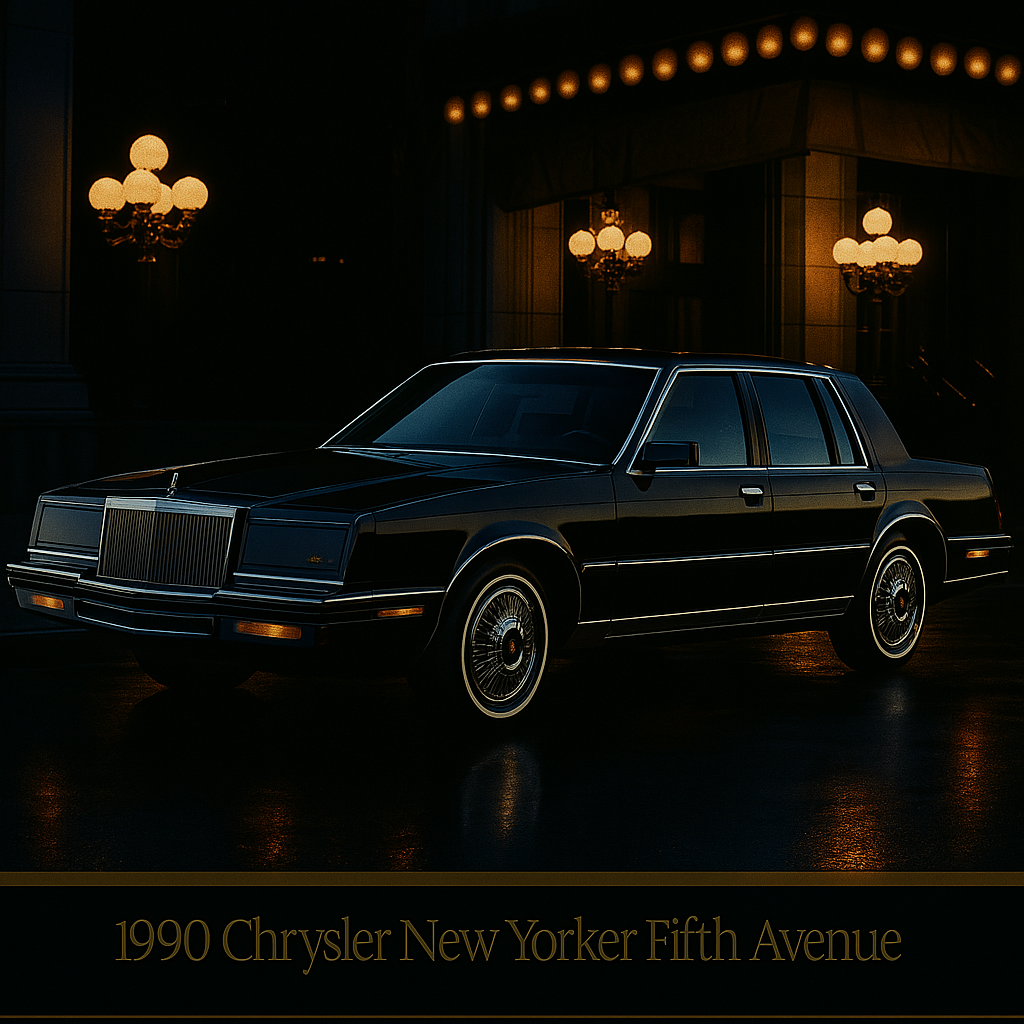
If there’s a worst transmission list, this one’s in the top three.
It failed so often that Chrysler extended warranties and reprogrammed thousands of ECUs. Source
I worked on a Caravan that got stuck in limp mode every other week. The guy named it "Skip."
Chrysler even told people to use Dexron ATF. That fluid killed them. Source
You can't make this up.
1984–1993 Dodge Daytona

Promised performance. Delivered disappointment.
Plastic interiors, underpowered base engines, and torque steer that’d rip your arms off.
Shop Story
We had a turbo Daytona — a 1987 Shelby Z with around 94,000 miles — blow an intercooler hose during a test drive. The customer had upped the boost slightly with a manual controller, and the original hose clamp couldn’t take the pressure. The car lost power instantly and let out a massive hiss before billowing smoke out of the hood vents. We replaced the hose, installed high-pressure T-bolt clamps, and charged about $180. The customer thought he toasted the turbo — but it was just a $15 hose letting go under boost. Instant smoke show.
The Shelby versions were fast... until they weren’t.
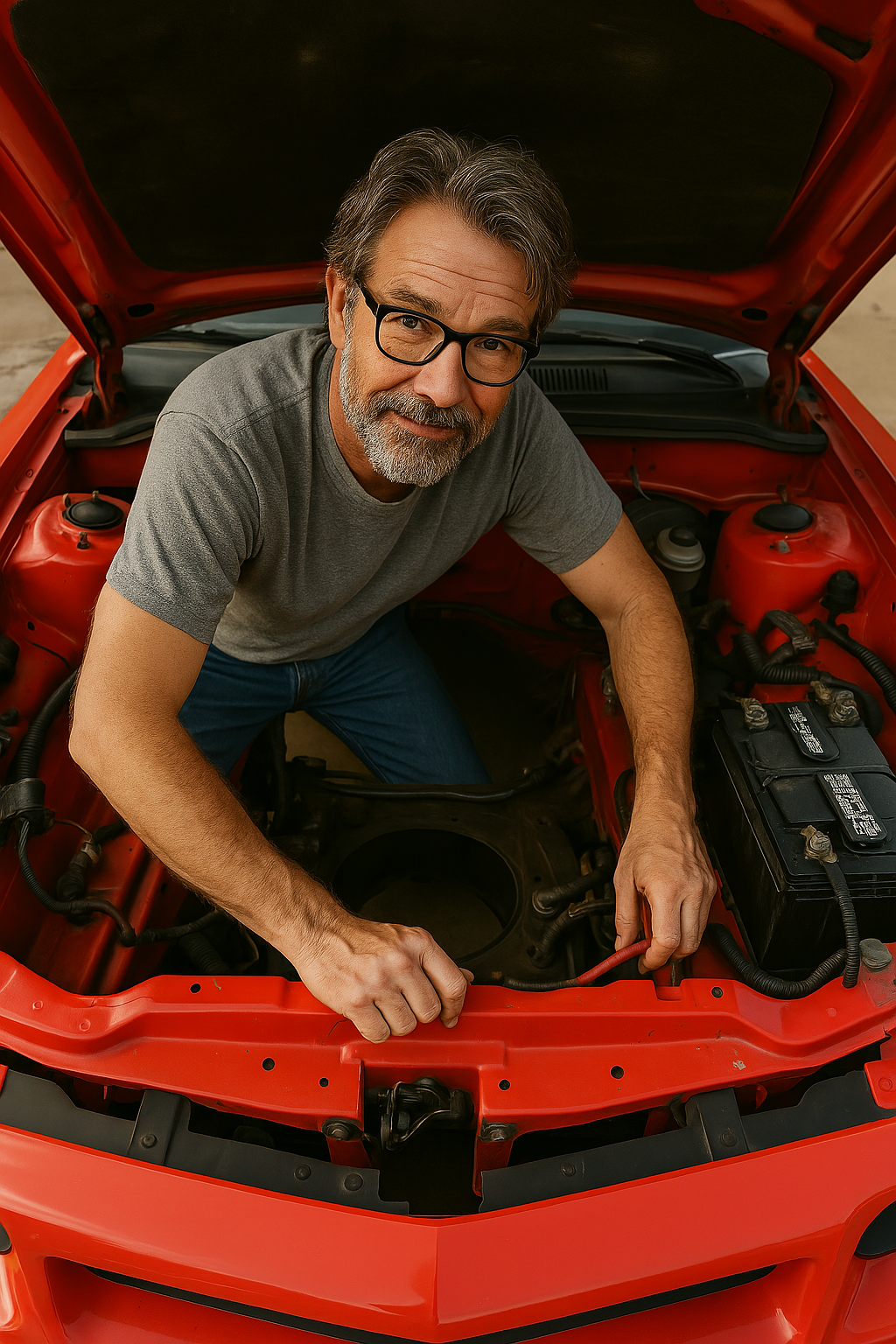
1989–1991 Chrysler TC by Maserati
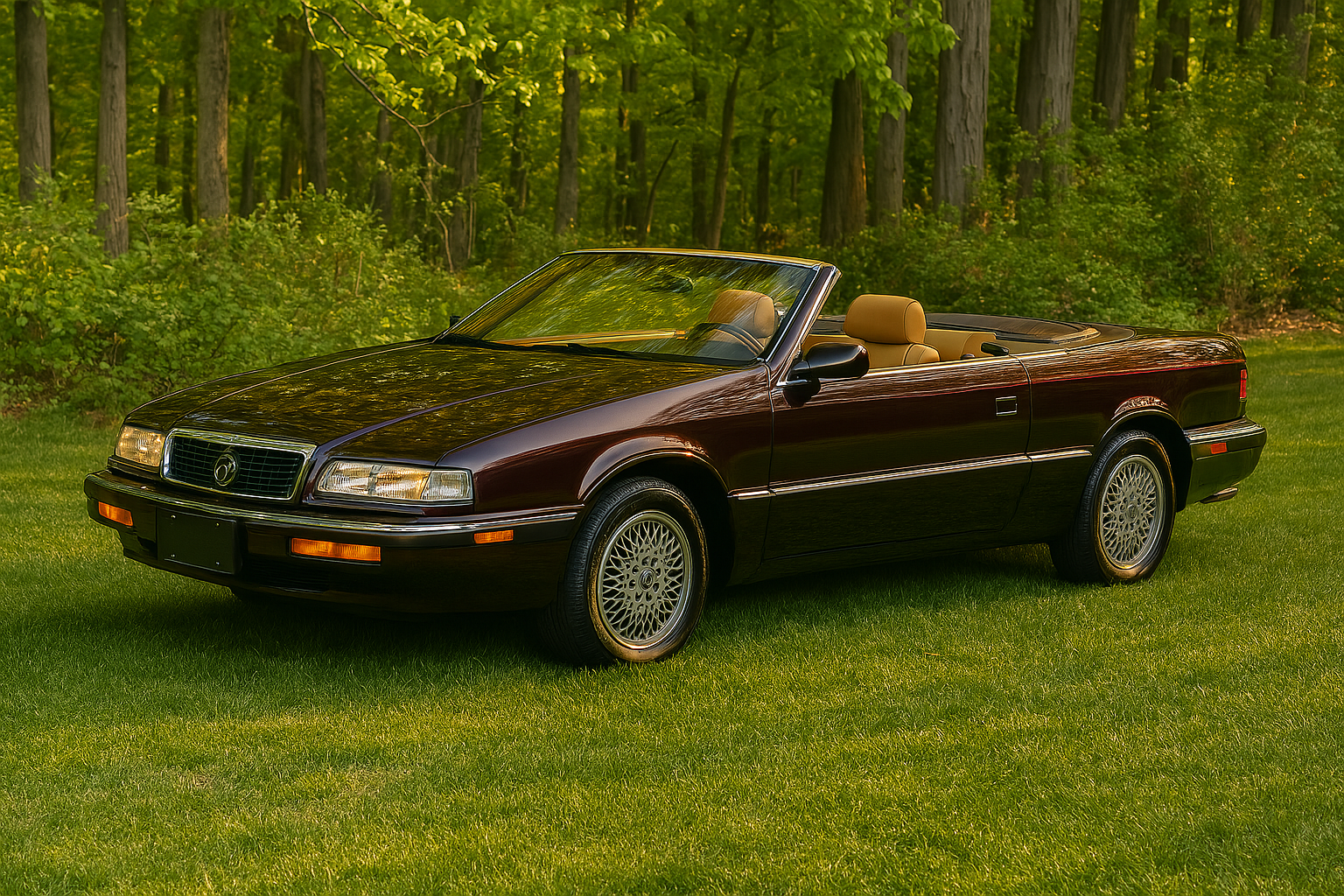
LeBaron with Italian trim. And double the price tag.
Sold fewer than 7,000 units. Edmunds roasted it as one of the worst cars of all time. Source
We couldn’t even source a mirror for one. Ended up installing a used one from a Caravan.
1987–1994 Dodge Shadow / Plymouth Sundance
Badge-engineered boredom.
Built like toys. Interiors fell apart. Engines leaked everything.
And Chrysler lost money on every single one. Source
1988–1992 Eagle Premier / Dodge Monaco
A French-American experiment that flopped.
Weird electronics. Unloved badge. No dealer support.
I had a customer who liked his Premier — until it needed a throttle position sensor.
Backordered. Three months. He sold it.
Chrysler was limping into the '90s.
And things were about to get loud, leaky, and lawsuit-worthy.
Scroll on — because the '90s were Chrysler’s golden era of sludge, fire, and fantasy-level engine failure.
The 1990s: When Chrysler’s Head Gaskets Started Failing and So Did Everything Else
The ‘90s were supposed to be Chrysler’s comeback. Instead, the company became infamous for blown head gaskets, sludge-prone V6s, and disposable sedans. Fleet sales masked deeper issues: the brand was now associated with short-lived vehicles and big repair bills. Auto enthusiasts mocked the Neon. Mopar loyalists started jumping ship. Even the acquisition by Daimler couldn’t hide the rot underneath — Chrysler’s brand value was plummeting, and the loyalty that once powered the company was fading fast.
1995–1999 Dodge / Plymouth Neon
“Hi.”
Now say bye to your coolant.
First-gen Neons had defective head gaskets that failed like clockwork. Source
I fixed one that blew two gaskets in 80,000 miles.
Paint peeled, interiors cracked, and yet they sold them by the truckload.
1997–2002 Plymouth Prowler
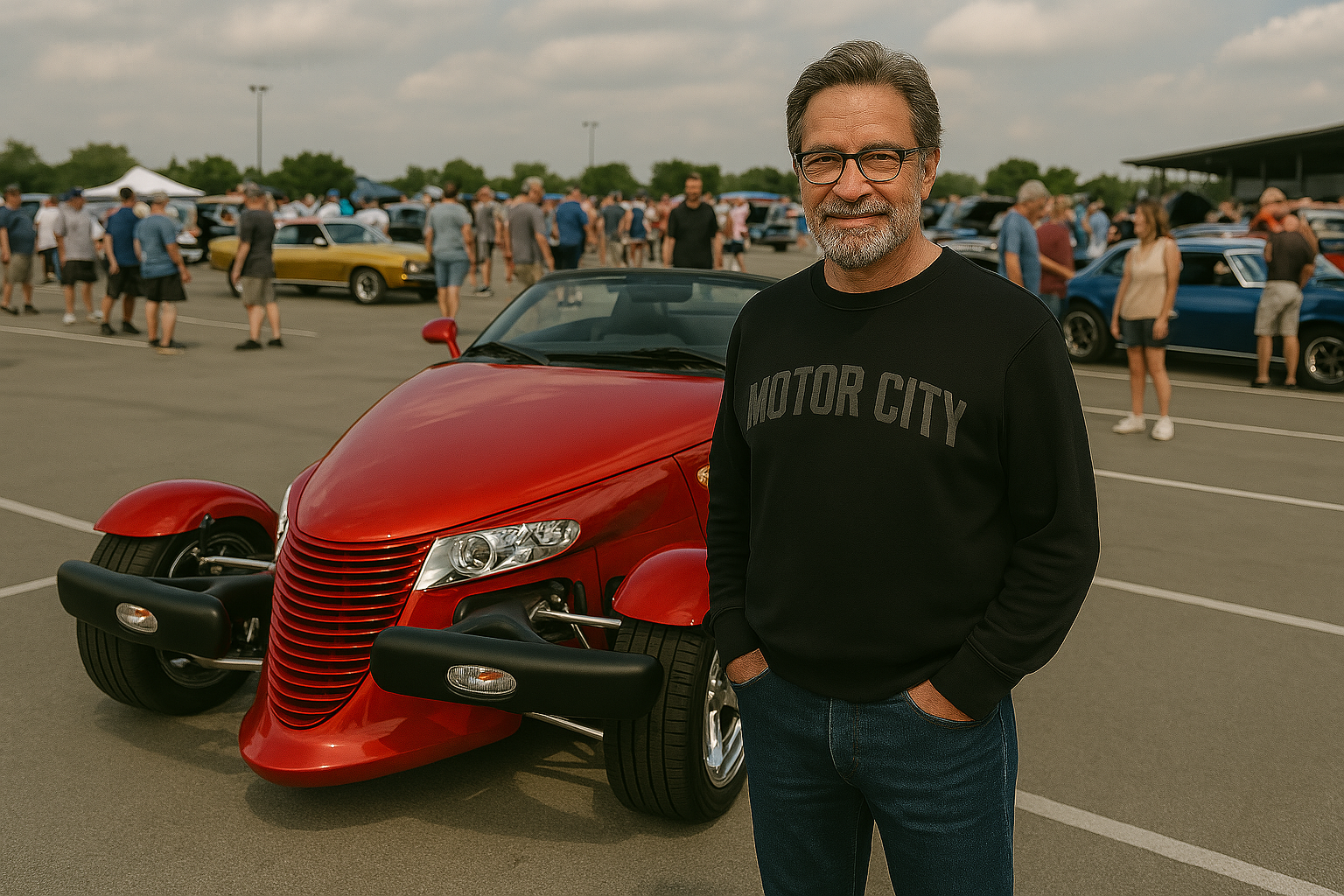
Looks like a hot rod. Drives like a postal van.
3.5L V6. No manual option. Zero torque.
We serviced one that couldn’t beat a V6 Accord in a drag race. That’s not retro — that’s regression.
1995–2000 Cirrus / Stratus / Breeze (Cloud Cars)
Mid-size mediocrity.
Chrysler tried to go upscale. They built cars that went nowhere.
Stratus owner came in with 110k and a trans that slipped like a wet bar of soap.
Nothing premium about plastic that cracked from the sun.
1998–2004 Chrysler 2.7L V6
Known for one thing: sludge. Source
Oil passages clogged. Timing chains failed. Coolant mixed with oil.
Shop Story
We replaced one in a Concorde — a 2002 model with 78,000 miles on the clock. The owner brought it in after hearing a loud ticking noise and noticing the oil light flicker on startup. Turned out, the engine was so full of sludge it looked like chocolate pudding under the valve cover. Timing chain tensioner was shot, guides were brittle, and oil flow was nearly nonexistent. We pulled the engine, did a full teardown, replaced the chain, tensioners, guides, oil pump, and flushed the oil passages. Total cost? Just over $2,400. The guy nearly choked when he saw the bill — but it was either that or a scrapyard. Engine was toast. Guy was still making payments.

1993–1998 Jeep Grand Cherokee (ZJ)
Off-road ready. Fire risk included.
Early models had recalls for engine fires. Source
Shop Story
We had one roll in with a scorched engine bay — a 1995 Jeep Grand Cherokee Laredo with just over 102,000 miles. The owner had just parked it after a highway drive when he smelled something burning and watched flames lick up through the passenger-side wheel well. Turns out it was a leaking fuel rail spraying onto a hot exhaust manifold. The entire engine bay was charred, hoses melted, wiring cooked. We assessed the damage, but between a replacement harness, fuel rail, sensors, and labor, the estimate hit nearly $3,500. The owner called his insurance, got a payout, and junked it on the spot.. Smelled like burnt hair and rubber.
1987–1995 Jeep Wrangler (YJ)
Square headlights. And squared-off performance.
Rigid ride, weak drivetrain, and corrosion galore.
We replaced so many spring perches we could do it blindfolded.
1998–2001 Eagle brand
Gone without a whisper.
Just like that — dead.
Every dollar Chrysler spent building Eagle might as well have been torched.
By 1998, Daimler took over. Everyone expected German precision.
They got more Mopar mayhem.
The 2000s: From Daimler Dreams to Bankruptcy Screams
By the early 2000s, Chrysler’s past sins came due. The Daimler merger promised Mercedes-quality — but delivered rental-lot rejects. Models like the Sebring and Caliber weren’t just bad — they were brand-killers. Sales slumped, resale values collapsed, and the enthusiast crowd moved on. Internally, Chrysler was bleeding money. Externally, the cars were uninspiring at best, laughable at worst. By 2009, the company filed for bankruptcy. This wasn’t a bad quarter. This was rock bottom.
2007–2010 Chrysler Sebring
A design so bad, Chrysler executives were embarrassed to be seen in it. Source
Even Jeremy Clarkson called it a disgrace. Source
Shop Story
We worked on one that had its dashboard peel and bubble like microwave pizza — a 2008 Sebring with just under 92,000 miles. The owner complained about the dash warping so badly that the glove box would barely open. On hot days, the material would ripple like drying paint. The rest of the interior wasn’t much better — sun-bleached plastics and a headliner sagging like a hammock. He asked what it would take to fix it. I told him, "You’d spend more replacing this dash than the car’s worth." He traded it in two weeks later — for a used Honda Accord..
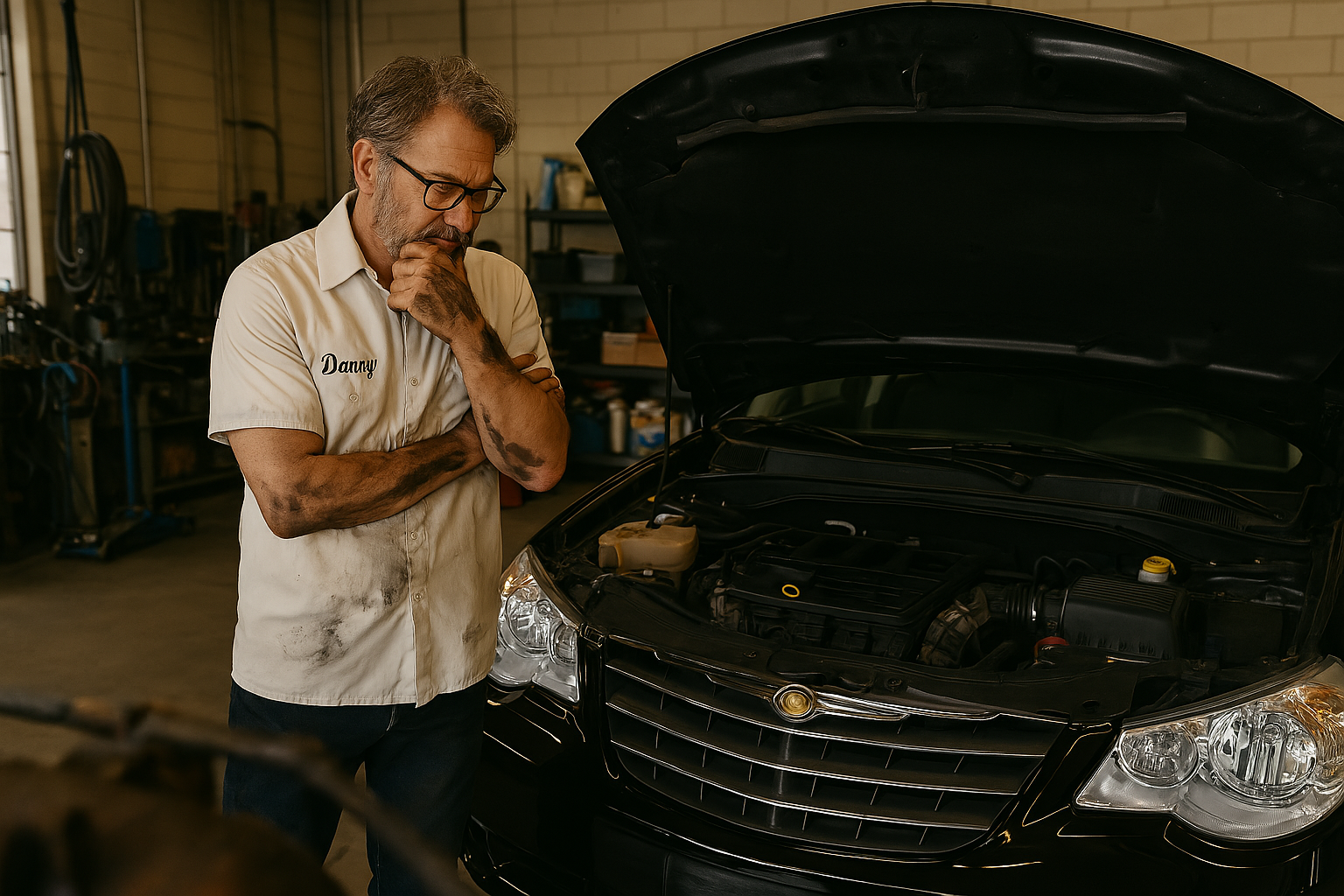
2007–2012 Dodge Caliber
The car that replaced the Neon and made people miss the Neon.
Horrible CVT. Harsh ride. Plastics so cheap they rattled on delivery.
Owner said it was like driving an angry washing machine.
2007–2012 Dodge Nitro
Looked tough. Drove like a riding mower.
Panels didn’t line up. Doors rattled. Transmissions blew at 70k.
We replaced a rear differential that disintegrated like chalk.
2007–2017 Jeep Compass (1st Gen)
FWD Jeep. That’s not a joke — that’s a disgrace.
Water leaks. Suspension clunks. Radio failures.
Owner asked us how to "make it more Jeep." I told him to trade it for an XJ.
2006–2010 Jeep Commander
Tried to be a 7-seater. Failed to be useful.
Cramped third row. Miserable MPG. Cumbersome size.
Shop Story
We had one come in for misfiring cylinders — a 2008 Jeep Commander Limited with 121,000 miles on the clock. The owner said it was running rough, stuttering on acceleration, and the check engine light had started flashing. We ran diagnostics and found multiple misfire codes along with poor compression in two cylinders. Turned out, two valves were leaking and one rocker arm was cracked. We pulled the heads, resurfaced them, replaced the affected valves and valve seals, and installed new rocker arms and lifters. Total bill? $2,800. The customer nearly backed out — but said he couldn’t find another 3-row SUV for that price that “didn’t suck.”. Ended up doing a full top-end rebuild.
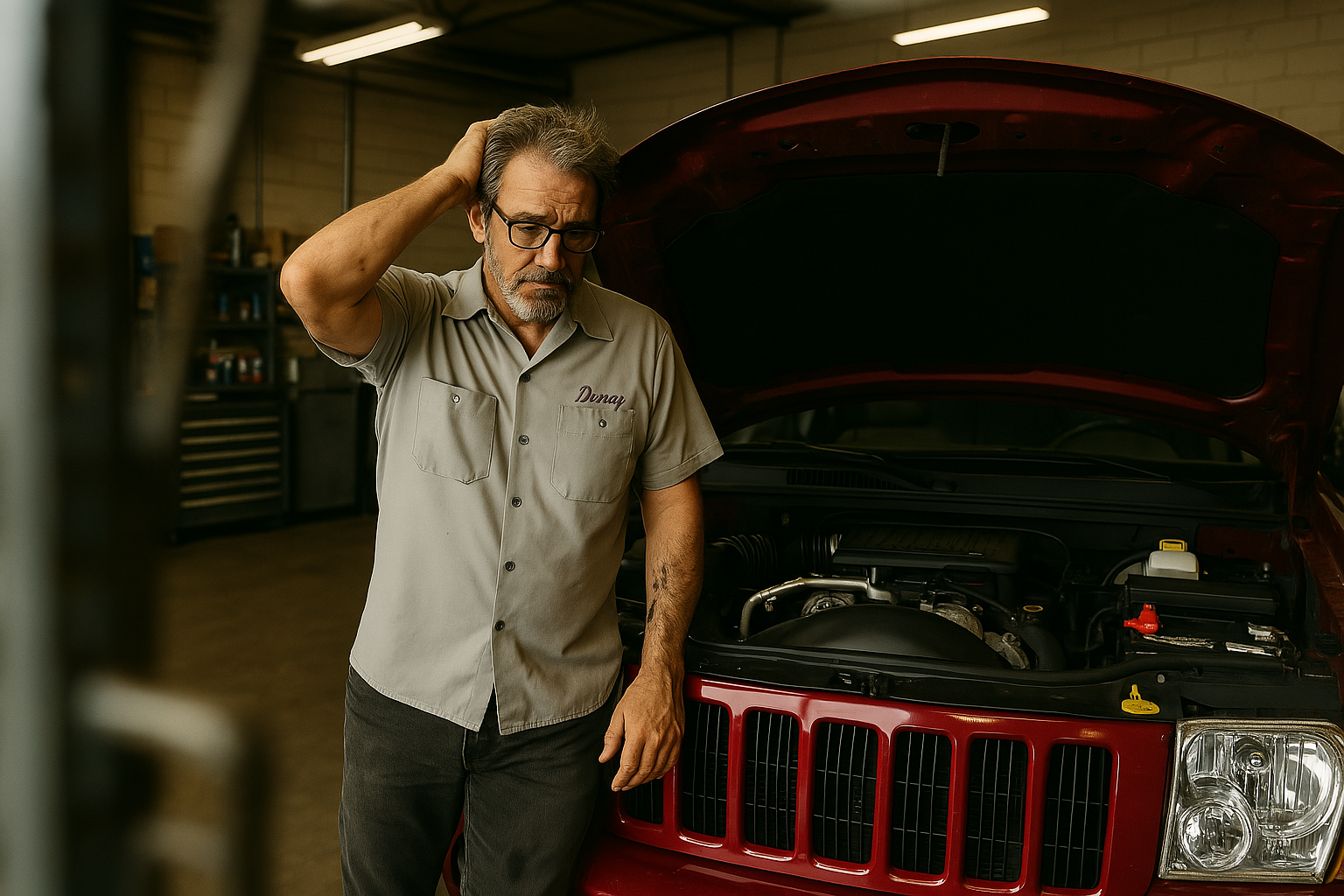
2007–2009 Chrysler Aspen
Luxury SUV. But only if chrome = luxury.
No market. No customers. No second chance.
Was dead within two years. Like most of Chrysler’s brainchildren that decade.
In 2009, Chrysler hit bankruptcy.
And we all knew why.
But if you thought bankruptcy was rock bottom, wait until you see what Fiat-era Chrysler looked like in the 2010s.
The 2010s: Fiat Takes the Wheel... and Hits the Wall
The Fiat takeover brought hope — and more transmission recalls. Chrysler launched new models with nine-speed automatics that couldn’t find gears and sedans nobody wanted. Enthusiasts didn’t bite. The media panned the Dart and the 200. Jeep sales kept the brand barely afloat, but the core Chrysler badge? It was fading into irrelevance. Reliability rankings tanked. Dealers lost patience. And by the end of the decade, the writing was on the wall: Chrysler was no longer a contender.
2015–2017 Chrysler 200 (Gen 2)
Came with a ZF 9-speed automatic that couldn’t find a gear to save its life. Source
Cramped interior. Odd proportions. Rough ride.
Marchionne called it one of FCA’s worst ideas. Source
Shop Story
We reflashed and recalibrated one three times — a 2016 Chrysler 200 Limited with 54,000 miles. The owner came in complaining that it would randomly shift into neutral at stoplights, and on two occasions, it refused to go into reverse without restarting the engine. The first reflash smoothed things out for a week. The second helped for a month. By the third, the car began randomly dropping gears at highway speeds. The final verdict? Transmission replacement — $3,600. The customer traded it in the next day — said they were done with Chrysler for life. Never got better.
2013–2016 Dodge Dart
Another resurrection gone wrong.
Came with underwhelming engines and a problematic dual-clutch.
We saw clutches burning up before 60k.
Owner said it "drove like it hated you."
2014 Jeep Cherokee (KL)
Nine gears. Zero confidence.
Transmissions lagged. Software bugs galore. First-year models delayed.
One owner said the Cherokee had more updates than his iPhone.
2014–2015 Jeep Grand Cherokee Electronic Shifter
Designed to look cool.
Ended up rolling over people. Literally.
Caused over 100 rollaway incidents. Anton Yelchin died because of it. Source
2011–2023 Chrysler 300
One of the last sedans standing.
But unchanged for years. Left to rot in rental fleets.
Still drove decent, but looked outdated by 2015.
Chrysler’s final gasps are minivans and badge engineering.
That’s what happens when you spend decades building disposable junk.
Keep scrolling — the final chapter of Chrysler’s collapse is one you don’t want to miss.
Final Verdict: Death by Thirty
Chrysler didn’t implode. It unraveled.
One unreliable part. One failed launch. One doomed engine at a time.
Over 30 models, each dragging Chrysler’s name through the dirt.
Some rusted. Some exploded. Some just sucked.
But they all pushed customers away.
That’s how you go from muscle car hero to merger footnote.
The Chrysler badge survives — barely.
But its legacy? Buried under decades of mistakes.
And unless something radical happens…
There won’t be a next chapter.
Just a tombstone with a Pentastar on it.
And if you made it this far? You’ve earned the right to say, “I saw the whole crash — and Chrysler was driving.”

